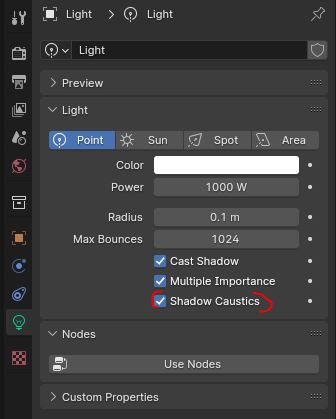I have worked with Blender before (versions 2.73 - 3.0(?)) but then Blender did not serve my APU anymore.
A week ago, I build myself a new computer and I started ‘blendering’ again. This is my first result ![]()
So? Is it any good?
A week ago, I build myself a new computer and I started ‘blendering’ again. This is my first result ![]()
So? Is it any good?
I like how striking this image looks despite its simplicity.
I would have given the gray sky a bit more contrast, though it might look fine on your monitor.
@etn249 Thank you very much for your feedback! I really do appreciate that.
I know it is a very simplistic model. I was eager to see how Blender renders glass-like materials these days. In the past you always had a lot of fireflies (I thought they were called) when you did that. And, to be honest, I was surprised as well of how striking the result was. I really hadn’t expected this. I was really stunned by the result.
I am not sure for the reasons of the sky lacking contrast. I downloaded it from https://polyhaven.com/ and it is a 4k exr. Besides that, I used a DoF, just because I like that effect a lot. And at last, but certainly not least, I haven’t calibrated my monitor (yet… ![]() ).
).
Again: thank you very much for your response!
Cycles works with a render method (reverse path tracing) that just inherently has trouble with glass. In other words, Cycles doesn’t do caustics well.
But, there are a few options that you can use to improve this problem, some of them are pretty recent.
You can use the light path trick to disable shadows on glass materials. It’s a bit less realistic, but is really fast and clean.
There is now a shadow caustics algorithm in Blender which you might not have seen previously depending on when you stopped. It allows the shadows of glass objects to have refracted caustics in them. You need to mark all 3 objects (light, caster, receiver).


Once more: thank you very much for your advices. I knew the first trick, but not the others.
I will check them out!